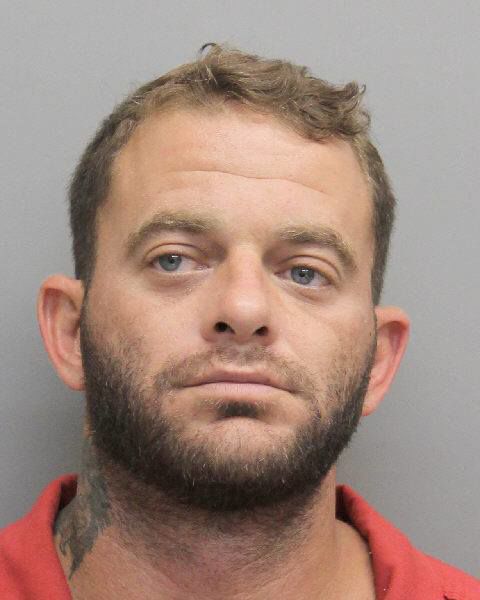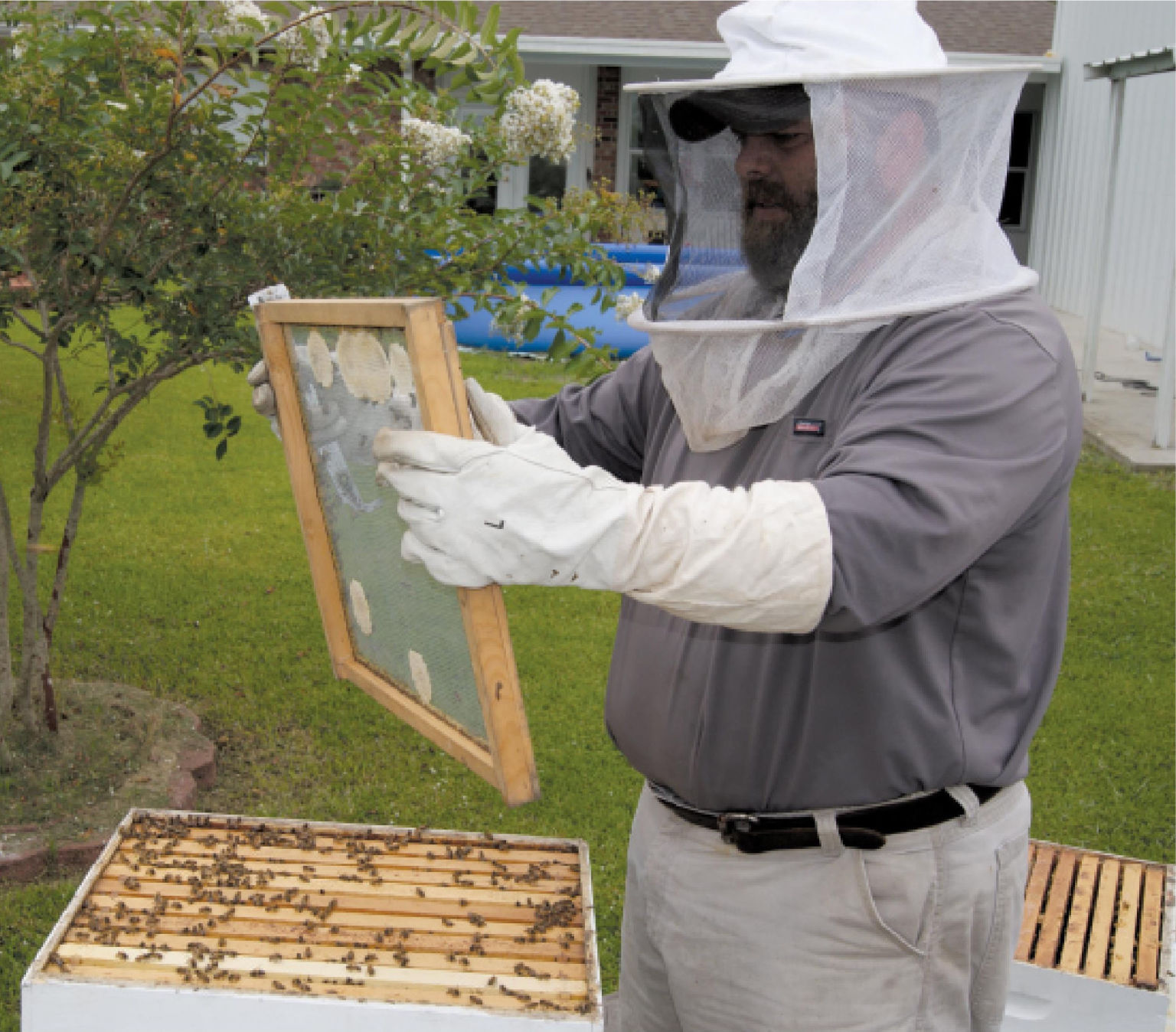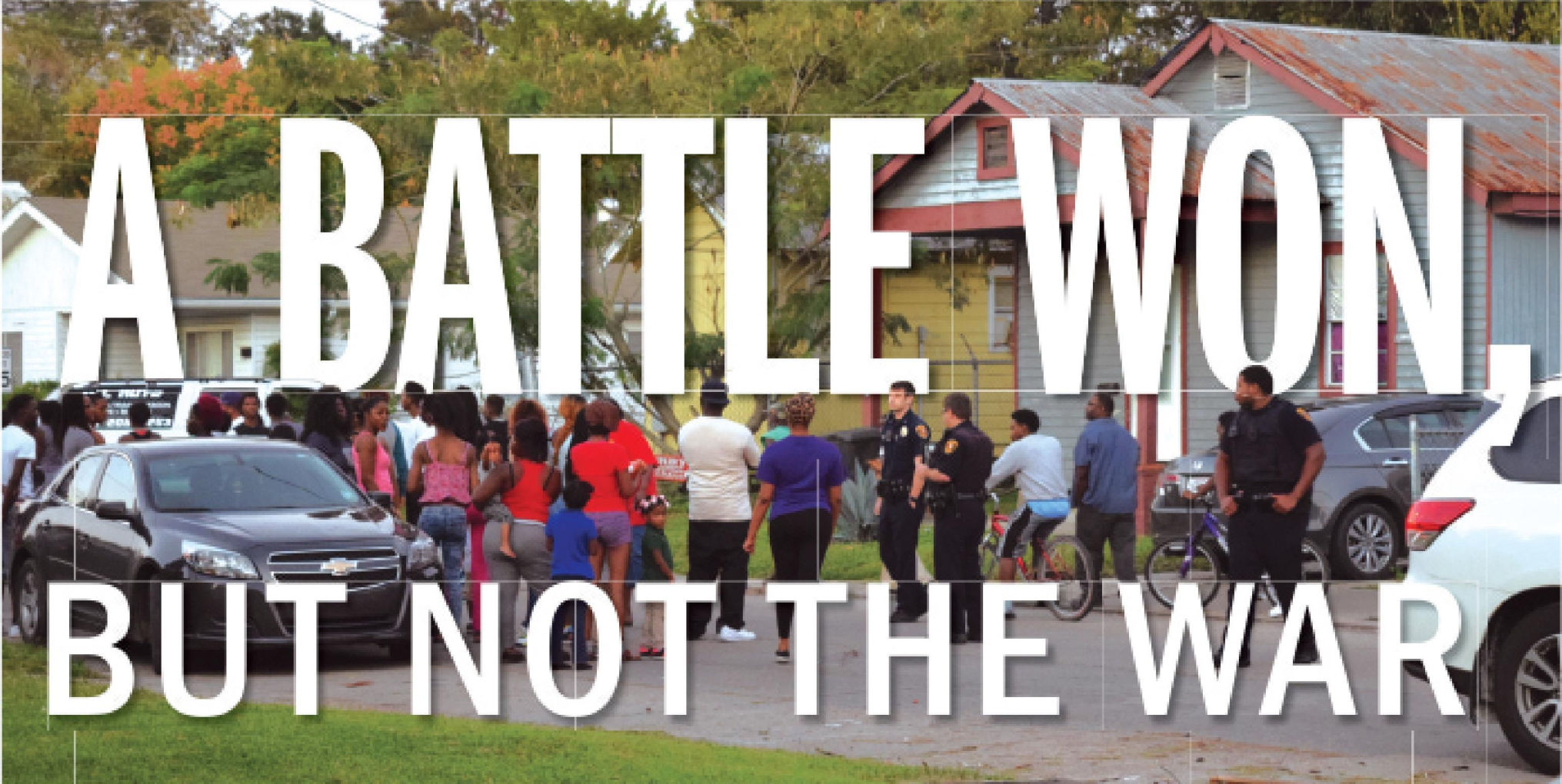
4 charged in plot to damage rival’s boat
July 27, 2018
A GOLDEN TICKET
July 28, 2018After about an hour of deliberation Friday, a Terrebonne Parish jury convicted 24-year-old Elward Williams of murdering 18-year-old Corey Butler during a broad-daylight gunfight on Morgan Street in Houma three years ago.
The violence, prosecutors and police said, stemmed from a simmering dispute over drug territory. They also point to the case as an example of difficulty getting witnesses to come forward or remain willing to testify, an issue that some officials are addressing with increased community outreach.
District Attorney Joe Waitz Jr. praised the work of prosecutors Seth Dodd and Dennis Elfert. But he also noted the strong influence that the street’s code of silence has on potential witnesses, including those who are otherwise law-abiding.
“That was a tough case because of the fear factor,” Waitz said. “There are people who want to rule the streets and call it their turf and their area, making it very difficult to prosecute because people are scared to come forward. Witnesses give clear and precise statements and when it comes to trying the case, the fear factor kicks in perhaps making them recant their stories.”
Two other men were charged in relation to the incident, Maurice Banks and Anthony Sylvester. Banks, convicted last year of being a habitual offender, is already serving a 30-year prison sentence. That conviction grew from two priors, and a final charge of obscenity for masturbating in front of a jail guard. Both men were called to the stand at the Williams trial, but informed District Court Judge Johnny Walker that they were invoking their Fifth Amendment rights and would not give testimony. Sylvester, paralyzed by the gunfire during the incident, is now confined to a wheelchair.
The case drew sharp attention from the public in part because the shooting broke out at 4:15 p.m., a time when people are coming home or going to work, and when some children are still coming home from school.
LOST TO THE STREET
The victim, known to friends and family as “Bugg,” was described as a charismatic young man with a high school reputation for both athletic prowess and personal charm by friends and family members. The son of twice-convicted felon, Corey “Slap” Butler Sr., was occasionally called “Little Slap” by those who knew and respected the elder.
Despite a boyhood rooted
in church and family, Butler gravitated toward street life, according to neighbors and friends. Immaturity and bravado, some said, resulted in tragedy some saw as inevitable.
He lived on Prince Collins Street in central Houma but, according to acquaintances who were interviewed, was selling drugs on Morgan Street, across Bayou Terrebonne, and allegedly stole a customer from Williams, known in the neighborhood as “Bayou Boy Bo.” Relatives have objected to suggestions that Butler was involved in the drug trade.
Attorneys did not present deep background on the community tensions that may have led to the shooting, but indicated its existence in their narratives and some evidence. The jury was permitted to view Facebook postings including one from Banks which appeared prior to the incident that reads “let it rain blood on Morgan Street.”
According to witness accounts given police at the time, Williams recruited an older friend and neighbor, Anthony “Bayou Boy Ant” Sylvester, to teach Butler a lesson.
Sylvester and at least one other young man confronted Butler on Morgan Street, slapping him. Pistols were drawn and the gunfire erupted, leaving bullet holes in at least one nearby home.
BROAD DAYLIGHT
When it was over Corey Butler lay on Morgan street, drawing his last breaths. According to testimony from Jefferson Parish Coroner Dana Troxclair, whose office performed the autopsy on Butler, there were 13 entry wounds and five exit wounds. Death, she indicated, did not come quickly, and no one wound was singled out as a kill shot. Essentially, Troxclair testified, the teen bled to death.
Sylvester had multiple gunshot wounds; 25-year-old Malcolm “M.G.” Bates was shot in the face; A 19-year-old, identified by friends as Juavez Little, was hit in the shoulder.
During his trial Williams sat impassively at the defense table, wearing a crisp white shirt and silver and pink tie.
Prosecutors laid out their case strategically, presenting testimony initially from investigators who collected and identified shell casings from the scene. Houma Police Department detective Trey Lottinger told the jury that casings from three separate weapons were recovered, indicating two .40 caliber pistols and one 9mm gun.
Defense attorney Eric Santana questioned Lottinger closely, asking if fingerprints or DNA on the casings were examined as part of the investigation. Lottinger answered in the negative, stating that such efforts would have been useless due to the heat generated during the explosion by firing of the weapons. Santana did not present evidence contradicting that opinion, although forensic science journals indicate that new technology can and has allowed means of such examinations with positive results. The question appeared to have followed the strategy the defense team — Santana and attorney Robert Pastor — employed during much of the three-day trial, however, planting seeds of doubt in the minds of a jury whose members would be tasked with finding guilt — if it could be found — beyond any reasonable doubt.
TWO EYEWITNESSES
Vital to the case, prosecutors acknowledged, was breathing life into the forensic evidence through eyewitness testimony.
Tyjanae Miller, 14 at the time of the shooting and now 17-years-old, testified that she was on her way to a dance class. Walking on Morgan Street she reached its meeting with Morgan. She said she saw Sylvester hit Juavez, and saw a dispute develop between Butler and Sylvester. Sylvester, she said, shot first and Butler returned fire. She then saw Williams come from behind a black pickup shooting at Butler and Juavez. Miller said she was running away as those events unfolded but looked back as she did so.
A second witness, Caroline Elliot, who lived two houses north of Hobson Street. She saw the beginnings of the incident and was spoken to by Butler, who told her to “fall back” because something was going to happen. She testified to seeing Williams come from behind the truck and firing at Butler. After loading a wounded Sylvester onto the bed of the truck, according to the testimony, Williams walked to where the bleeding, multiply wounded Butler lay and fired a shot toward his head.
Williams, she said, got into the truck and drove off. Other testimony and video evidence showed that the truck traveled to Terrebonne General Medical Center where Sylvester was dropped off. Earlier testimony from police officers indicated that Williams then fled to Baton Rouge. Information was developed that indicated he was in that city and federal marshals assisted by locating him. Houma detectives attempted to question him there and brought him back to Houma, where he was charged and jailed.
TESTIMONY QUESTIONED
There were issues with the eyewitness testimony, however.
Miller hesitated when she was asked to identify Williams in the courtroom, for a full 60 seconds. Under gentle prompting from prosecutor Dodd, she finally pointed a faltering finger toward the defendant. The defense suggested that the hesitation made her veracity questionable. Dodd and Elfert said it was because of fear.
Another issue related to the testimony of Elliot. An almost identical picture had been painted by her older sister, Cassanya Jackson. But Jackson later recanted her account, confessing to prosecutors that she had merely repeated what Elliot had told her. The reason she presented the statement as her own, she had said, was to protect her younger sister from involvement.
During cross examination Santana questioned how Miller could have seen what she claimed to have seen while running away. He pressed her on how she looked back toward the scene.
Elliot was quizzed by Santana about her failure to speak to authorities about what she claimed to have seen for three years. She said she was following instructions from her protective older sisters.
During closing statements Santana argued for the defense that the evidence and testimony did not establish guilt beyond a reasonable doubt. He focused on inconsistencies in statements from the eyewitnesses, and also mentioned the failure of police to take fingerprints from shell casings. A prosecution witness list, he said, initially contained 30 names, but only two witnesses were produced. And their testimony, he said, was shaky at best.
DON’T BE LIKE THE OTHERS
Dodd addressed the inconsistency issues by using a football analogy.
Two people in a football stadium on opposite ends have different vantage points. Maybe one has played ball and been a wide receiver and the other has played as a lineman.
One may be looking at what the lineman does and another may be looking at the ball and the snap.
Dennis Elfert offered a rebuttal for the prosecution, focusing on the courage displayed by the two eyewitnesses.
The defense, he told jurors, would have you side with the 97 people who adhered to the code of the street, who did not relate what they saw.
The good people of the central Houma neighborhood, he said, don’t want this type of violence. But fear is pervasive.
After instructions in the law from Judge Walker the jury retired to deliberate. In a little over an hour they announced their verdict, guilty of second degree murder and guilty of possession of a firearm by a convicted felon. There were tears and sobs in the courtroom from Williams’ family members.
He returns to court Aug. 14, when his attorneys may file post-trial motions. The sentence on the murder case will be a mandatory one of life in prison without parole.
After the trial Dodd was asked about the difficulties involved with presenting the case.
“It is in any case difficult to get people to come forward but especially in a case like this, where there is already this unwritten understanding of how things ought to be handled in the streets,” he said. “With these witnesses I was preparing three weeks out every other day. I checked on them. I tried to get them to come to the DA’s office periodically. It was tough because they didn’t want to come in at first. I don’t know what the answer is to change it.”
For the witnesses, it would appear that the ordeal Is not over, however. At least two instances of threats — one before the trial and one after — have been reported to police. No clear evidence points to a perpetrator. But an investigation is on-going.
Residents of Morgan Street look to the streets Just after a broad daylight shooting in 2015, which killed 18 year –old Carey Butler, his killer, Elward Williams, was contacted last week.
After the shooting on Morgan Street, people in the community made posters and signs to show their love for the late Corey Butler, who was killed.













